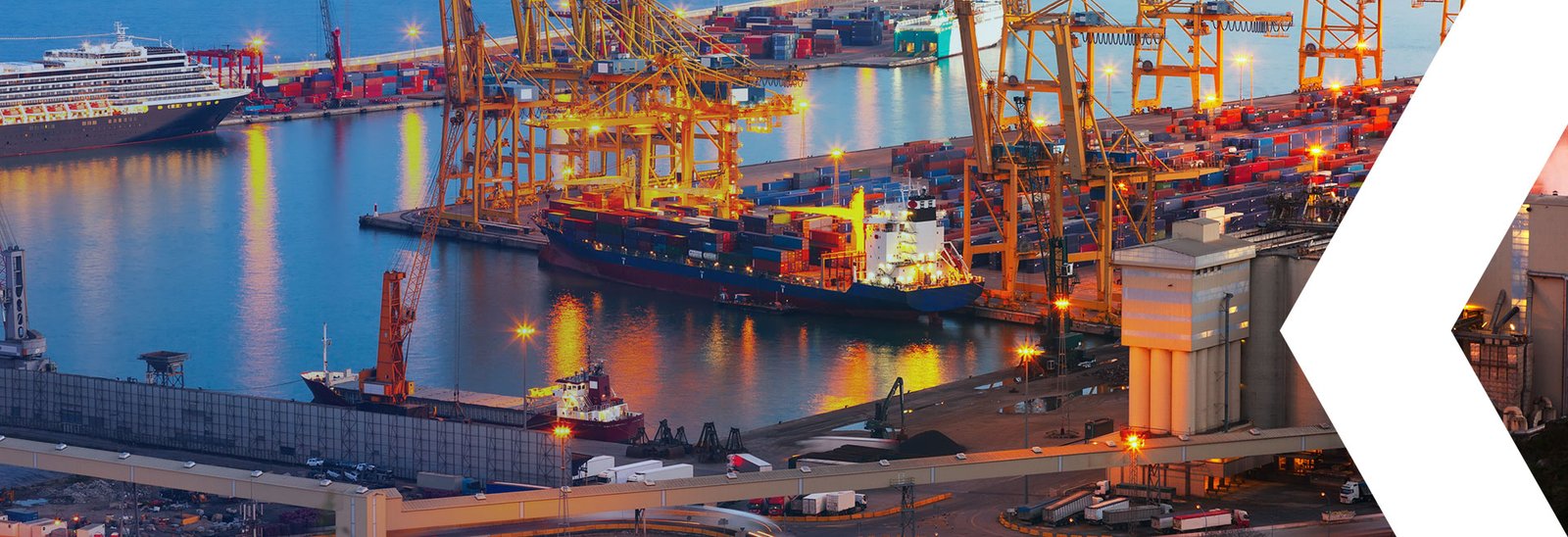Call Us:
+44(0)2039579445
+254 111 81 81 81
Mail Us:
info@tripleafreight.co.uk
Triple A
 Cargo ships are the lifelines of global trade, transporting goods across oceans and connecting economies worldwide. In recent years, there has been a notable increase in their size, leading to the development of some of the largest vessels ever built. From container ships to bulk carriers, these mega-ships are marvels of modern engineering, capable of efficiently carrying massive amounts of cargo across vast distances. Let’s explore the world of the largest cargo ships and what makes them so impressive.
Cargo ships are the lifelines of global trade, transporting goods across oceans and connecting economies worldwide. In recent years, there has been a notable increase in their size, leading to the development of some of the largest vessels ever built. From container ships to bulk carriers, these mega-ships are marvels of modern engineering, capable of efficiently carrying massive amounts of cargo across vast distances. Let’s explore the world of the largest cargo ships and what makes them so impressive.
Comments
awesome